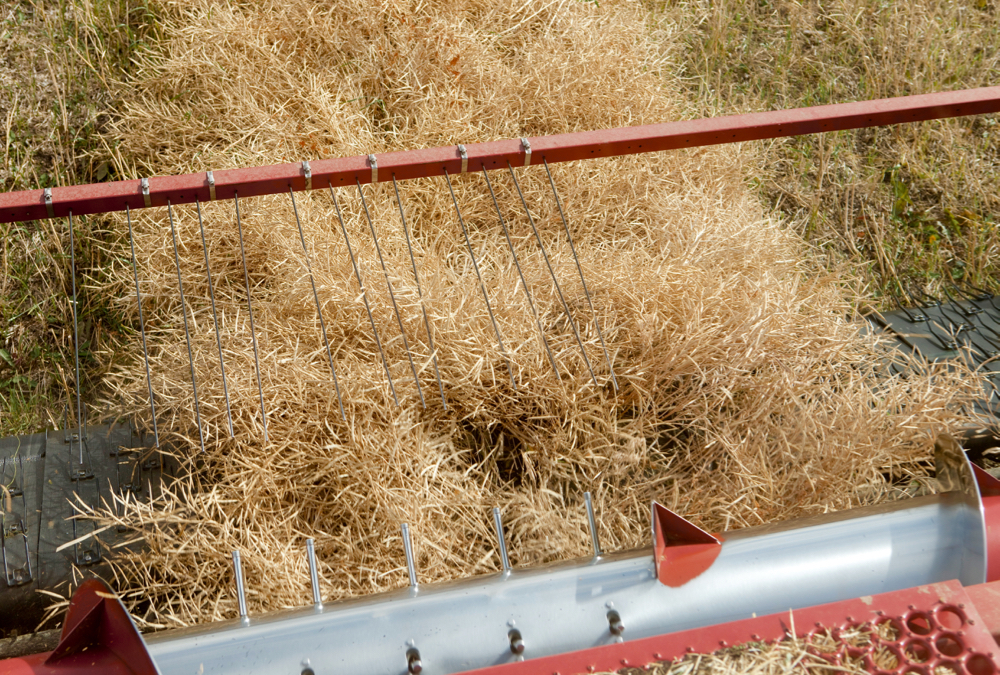Glacier FarmMedia – Although crop conditions in Saskatchewan were good, the province’s latest crop report said development continued to fall behind normal for this time of year. Saskatchewan Agriculture pointed to the cooler temperatures and wet conditions as why development has been slower this year.
For the week ended July 1, the report said three per cent of the province’s winter cereals were in the tillering stage, with eight per cent at stem elongation, 22 per cent at flag leaf, 57 per cent were heading, and 10 per cent reached the dough stage. Of the spring cereals, five per cent were at the seedling stage, 33 per cent tillering, another 33 per cent at stem elongation, 23 per cent at flag leaf, and six per cent were heading.
Read Also

Alberta harvest wrapping up: report
Harvest operations advanced to 96 per cent complete in Alberta as of Oct. 7, with only a few late-seeded cereal and canola fields remaining, according to the latest provincial crop report.
The ag department said six per cent of Saskatchewan’s pulses were at the seedling stage, 48 per cent at the rosette stage, 26 per cent were bolting, and 11 per cent were flowering.
For the oilseeds, 15 per cent of the canola and mustard were at the seedling stage, with 48 per cent at the rosette stage, plus 26 per cent bolting and 11 per cent flowering. Meanwhile, 33 per cent of the flax was at the seedling stage, along with 63 per cent at stem elongation and four per cent were flowering.
During the reporting period, the province received widespread rainfall that included isolated hail. There continued to be flooded crops in low lying areas, but some parts of Saskatchewan are still in need of moisture. Provincewide cropland topsoil moisture levels increased with 14 per cent rated as surplus, along with 80 per cent adequate, six per cent short.
As for hayland topsoil moisture levels, nine per cent were surplus, 84 per cent adequate, six per cent short, and one per cent short. The report said six per cent of the hay has been cut, with three per cent baled or for silage, and the quality rated at 94 per cent good to excellent.
Pasture topsoil moisture levels came in at five per cent surplus, 84 per cent adequate, nine per cent short, and two per cent very short. That translated into Saskatchewan’s pastures being 86 per cent good to excellent.
With the excessive rains, the report noted there’s been crop yellowing, stunting, and root rot setting in. Hail, winds, and gophers added to the issues. As the canola develops, flea beetles were becoming less of a problem.

















